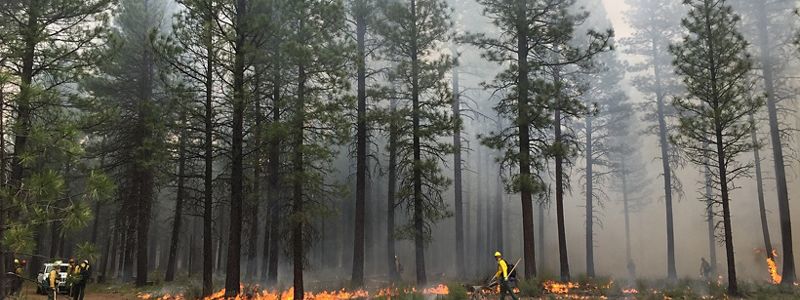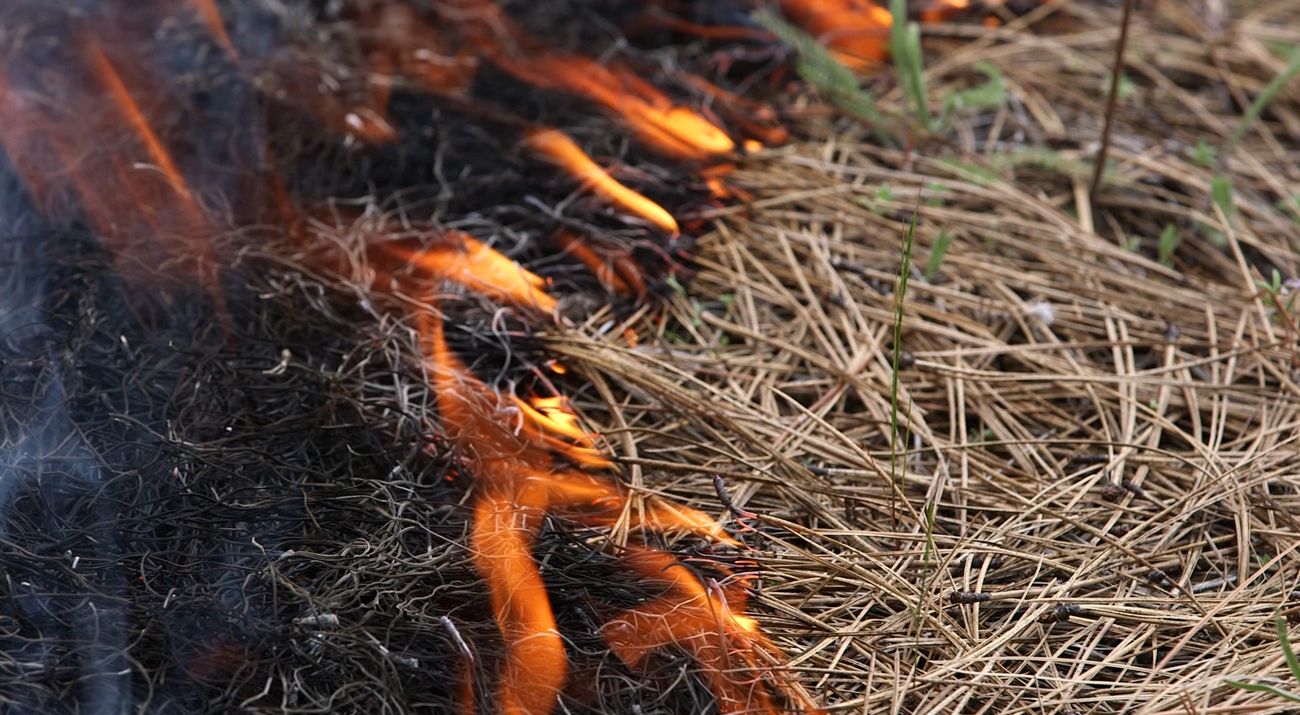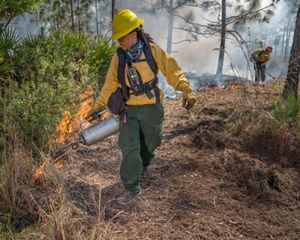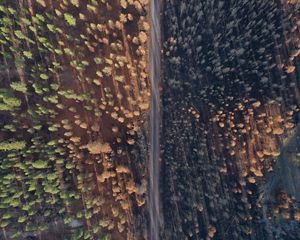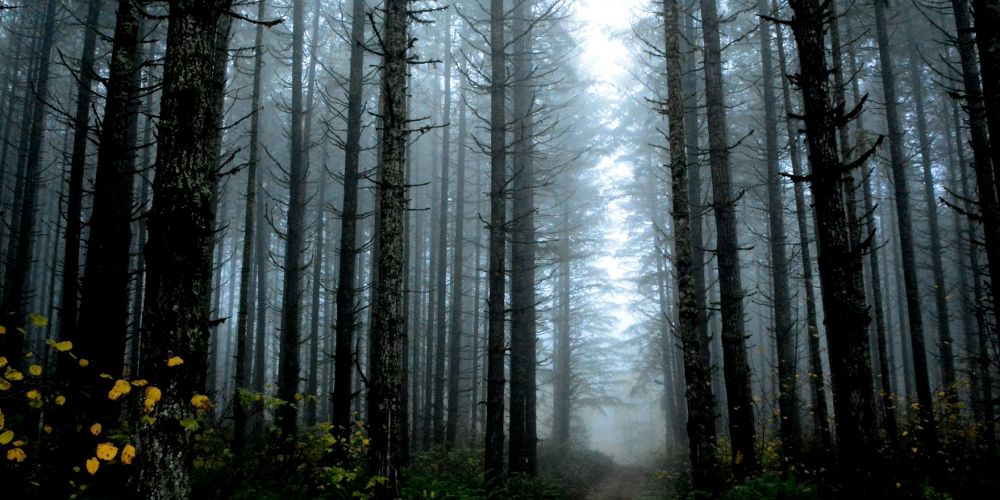A century of fire suppression has left our forests wildly out of balance. And climate change is only making things worse.
Wildfires are becoming more intense, burning larger areas, threatening communities and producing more smoke. Science tells us that the best way to reduce the risk of catastrophic wildfire is to restore our forests to their natural state with controlled or prescribed burns.
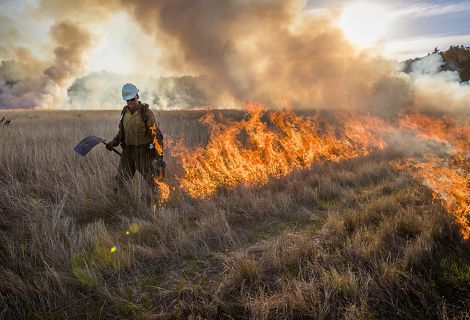
Controlled Burning 101
The science is clear: controlled burning reduces the risk of severe wildfire. But what happens during a controlled burn?
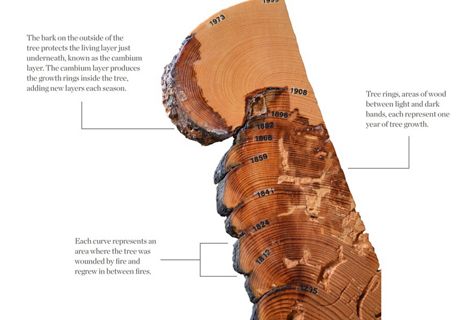
What Can Trees Teach Us About Wildfire?
Dr. Seuss' The Lorax taught us to speak for the trees. But if you know how to listen, the trees speak for themselves.

New Study Shows Oregon Forests Need Fire
As we work to diminish the threat of severe fire, a new study shows an important part of the solution may actually be more fire—of the right type.
Why Are Wildfires Getting Worse?
For more than a century, people have removed fire's natural role in our forests by suppressing natural fires. This has thrown our forests out of balance and caused an abundance of overgrowth. When wildfires occur in overgrown forests, they are larger and more intense and put plants, animals and communities at risk. Hotter, drier conditions caused by climate change are drying out overgrowth and making forests more flammable.
What Can We Do?
The science is clear. Controlled—or prescribed—burns combined with ecological thinning are a proven way to restore Oregon’s dry forests. By managing the natural process of fire on the landscape, instead of preventing it, we can improve habitats for native plants and animals and reduce the risk of out-of-control wildfires.
How Does a Controlled Burn Work?
Controlled burns mimic natural fires. They are strategically designed by a team of fire experts and only occur under the safest conditions. Ecological thinning often takes place before a burn to optimize outcomes.
Where and When Do We Burn?
Controlled burns are conducted where there is the greatest need for forest restoration and the biggest risk of out-of-control wildfire. They are directed in a way that is safe, controlled and aligned with the values all Oregonians care about, such as clean air. Burning occurs during the spring and fall, when conditions and the many variables are just right.
We can reduce the risk.
Get updates and news from Oregon to stay informed.
